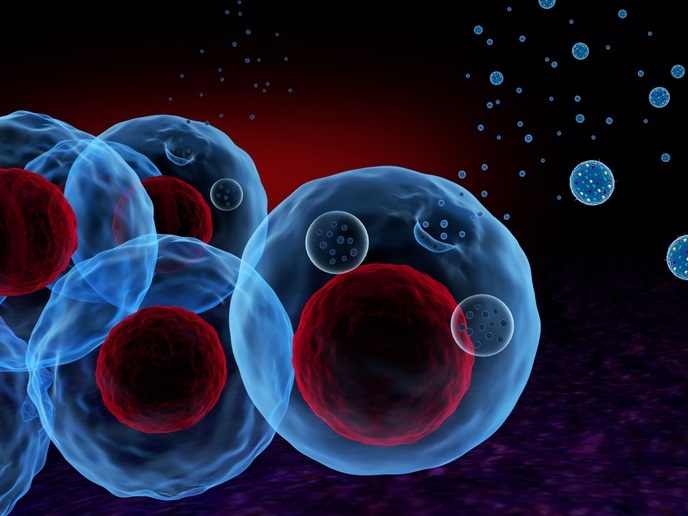Fast, simple, accurate measurement of estrogenic compounds
Estrogen, the primary female hormone, and its variants can have detrimental effects on fish when they find their way into aquatic ecosystems. Aiming to protect Europe's rich fish stocks, the European Commission financed a large-scale research project investigating estrogenic chemicals. Dutch scientists with the University of Leiden led the development of a new method of detecting the concentration of different estrogenic compounds. They exploited their affinity for the estrogen receptor alpha (ER-a-LBD) and measured the reduction in fluorescence from coumestrol dislodged from the binding site using a microplate. Specific fingerprints were created for nearly twenty common estrogenic species. Calculation of statistical indexes, such as CV and Z' values, showed a high degree of consistency between experimental results from the same day as well as from different days. Importantly, the assay allows simultaneous determination of a number of different species. This advantage will allow researchers to understand the degree to which mixtures of different estrogenic compounds impair the reproductive systems of the fish. In addition, the new assay is both simple and fast. The University of Leiden also claims that it can be extended to quantify concentrations of estrogen receptor ligands.







